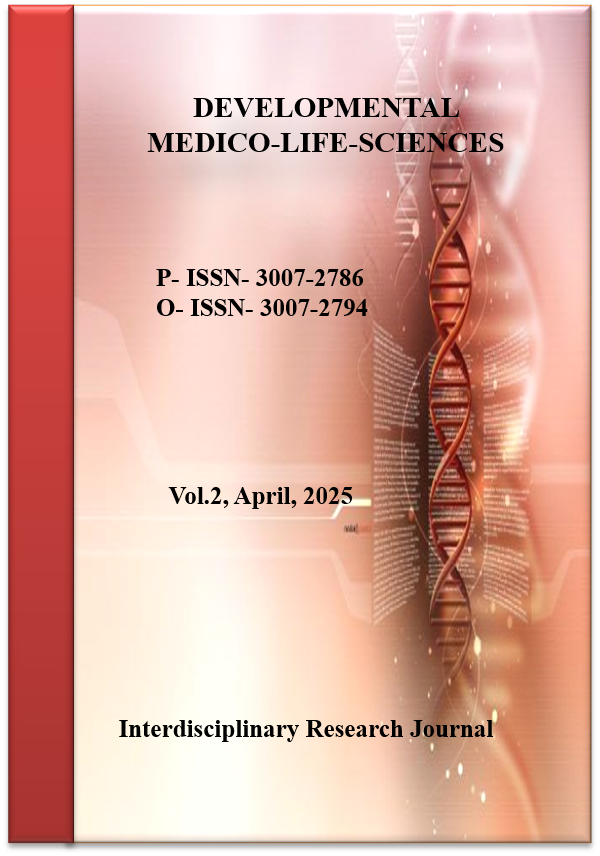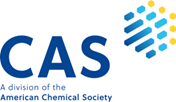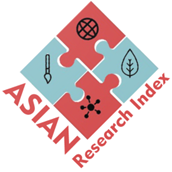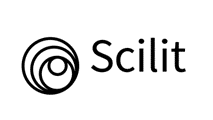Association Between High Myopia and Primary Open-Angle Glaucoma: A Retrospective Study
High Myopia and POAG: Association Analysis
DOI:
https://doi.org/10.69750/dmls.02.04.0102Keywords:
High myopia, primary open-angle glaucoma, axial length, intraocular pressure, cup-to-disc ratio, visual-field mean deviation, ocular biomarkersAbstract
Background : Primary open-angle glaucoma (POAG) ranks among the leading irreversible causes of blindness worldwide. Emerging data suggest that eyes with pronounced axial myopia (spherical equivalent ≤ –6.00 D) are more prone to POAG, yet the precise magnitude of this risk and the ocular changes that mediate it remain uncertain.
Objectives: To quantify the likelihood of POAG in adults aged 40 years and older with high myopia and to assess whether axial length, intraocular pressure (IOP), vertical cup-to-disc ratio (VCDR), central corneal thickness (CCT), and visual-field mean deviation (VF-MD) help explain that association.
Methods: We retrospectively reviewed n=150 consecutive records: n=75 highly myopic eyes and n=75 emmetropic or mildly myopic controls. Each patient underwent a complete ophthalmic work-up, including refraction, axial-length measurement, tonometry, optic-disc evaluation, pachymetry, and standard automated perimetry. POAG was diagnosed by the International Society of Geographical and Epidemiological Ophthalmology criteria. Crude and adjusted odds ratios (ORs) were derived with logistic regression, and Pearson coefficients explored inter-relations among ocular metrics in the myopic subgroup.
Results : Compared with controls, highly myopic eyes exhibited longer axial lengths, more negative refractive errors, higher IOP, larger VCDR values, and more severe VF-MD loss (all p < 0.01). POAG prevalence was 30.7 % in the myopia group versus 10.7 % in controls (p < 0.001). After adjustment for age, sex, ethnicity, and other covariates, high myopia remained an independent risk factor for POAG (adjusted OR = 3.45; 95 % CI 1.52–7.82; p = 0.003). Within the myopic cohort, IOP correlated positively with VCDR (r = 0.42; p = 0.001), while axial length correlated inversely with spherical equivalent (r = –0.75; p < 0.001).
Conclusion: Marked axial myopia independently heightens the risk of POAG. Vigilant screening and earlier intervention in this high-risk group are warranted.
Downloads
References
Wu J, Hao J, Du Y, Cao K, Lin C, Sun R, et al. Association between myopia and primary open-angle glaucoma: a systematic review and meta-analysis. Ophthalmic Res. 2022;65(4):387-97. doi:10.1159/000520468
Lee YA, Shih YF, Lin LL, Huang JY, Wang TH. Association between high myopia and progression of visual field loss in primary open-angle glaucoma. J Formos Med Assoc. 2008;107(12):952-7. doi:10.1016/S0929-6646(09)60019-X
Wu J, Hao J, Du Y, Cao K, Lin C, Sun R, et al. Association between myopia and primary open-angle glaucoma: a systematic review and meta-analysis. Ophthalmic Res. 2021;65(4):387-97. doi:10.1159/000520468
Lee YA, Shih YF, Lin LLK, Huang JY, Wang TH. Association between high myopia and progression of visual field loss in primary open-angle glaucoma. J Formos Med Assoc. 2008;107(12):952-7. doi:10.1016/S0929-6646(09)60019-X
Wu J, Lu G, Du Y, Cao K, Lin C, Sun R, et al. Association between myopia and primary open-angle glaucoma: a systematic review and meta-analysis. Ophthalmic Res. 2021;65:387-97. doi:10.1159/000520468
Lee JY, Sung KR, Han S, Na JH. Effect of myopia on the progression of primary open-angle glaucoma. Invest Ophthalmol Vis Sci. 2015;56(3):1775-81. doi:10.1167/iovs.14-16002
Quiroz-Reyes MA, Quiroz-Gonzalez EA, Quiroz-Gonzalez MA, Lima-Gomez V. Comprehensive assessment of glaucoma in patients with high myopia: a systematic review and meta-analysis. Int Ophthalmol. 2024;44(1):405. doi:10.1007/s10792-024-03321-4
Reddy MS, ND, Veeramani PA, Bhaskaran B. Effect of myopia on primary open-angle glaucoma. Int J Curr Pharm Res. 2020;12(6):103-9. doi:10.22159/ijcpr.2020v12i6.40303
Li M, Chen L, Luo Z, Yan X. Anterior scleral thickness in primary open-angle glaucoma with high myopia. Front Med (Lausanne). 2024;11:1356839. doi:10.3389/fmed.2024.1356839
Vinod K, Salim S. Addressing glaucoma in myopic eyes: diagnostic and surgical challenges. Bioengineering. 2023;10(11):1260. doi:10.3390/bioengineering10111260
Suwan Y, Chansangpetch S, Fard MA, Pooprasert P, Chalardsakul K, Threetong T, et al. Association of myopia and parapapillary choroidal microvascular density in primary open-angle glaucoma. PLoS One. 2025;20(2):e0317881. doi:10.1371/journal.pone.0317881
Yokoyama Y, Maruyama K, Konno H, Hashimoto S, Takahashi M, Kayaba H, et al. Characteristics of patients with primary open-angle glaucoma and normal-tension glaucoma: a cross-sectional retrospective study. BMC Res Notes. 2015;8:360. doi:10.1186/s13104-015-1339-x
Haarman AEG, Enthoven CA, Tideman JWL, Tedja MS, Verhoeven VJM, Klaver CCW. Complications of myopia: a review and meta-analysis. Invest Ophthalmol Vis Sci. 2020;61(4):49. doi:10.1167/iovs.61.4.49
Gupta S, Singh A, Mahalingam K, Selvan H, Gupta P, Pandey S, et al. Myopia and glaucoma progression in juvenile-onset open-angle glaucoma: a retrospective follow-up study. Ophthalmic Physiol Opt. 2021;41(3):475-85. doi:10.1111/opo.12805
Osaiyuwu AB, Edokpa GD. Comparative study of intraocular pressure in myopia and hyperopia among Nigerians with primary open-angle glaucoma. Int J Res Med Sci. 2018;6(7):2234-7. doi:10.18203/2320-6012.ijrms20182457
Sawada Y, Hangai M, Ishikawa M, Yoshitomi T. Association of myopic optic disc deformation with visual field progression in open-angle glaucoma. PLoS One. 2017;12(1):e0170733. doi:10.1371/journal.pone.0170733
Grosselin M, Bouazzi L, Ferreira de Moura T, Arndt C, Thorigny M, Sanchez S, et al. Severe primary open-angle glaucoma and agricultural profession: a retrospective cohort study. Int J Environ Res Public Health. 2022;19(2):926. doi:10.3390/ijerph19020926
Yoshida T, Nomura T, Yoshimoto S, Ohno M, Ito T, Horie S, et al. Outcomes of standalone ab interno trabeculotomy for open-angle glaucoma in high myopia. BMC Ophthalmol. 2023;23(1):261. doi:10.1186/s12886-023-03000-5
Hung KH, Cheng CY, Liu CJL. Risk factors for predicting visual field progression in Chinese patients with primary open-angle glaucoma. J Chin Med Assoc. 2015;78(7):418-23. doi:10.1016/j.jcma.2015.02.004
Yoshida T, Yoshimoto S, Nomura T, Ito T, Ohno M, Yasuda S, et al. Intraocular pressure–lowering effects of ripasudil in open-angle glaucoma in high myopia. Sci Rep. 2023;13:22888. doi:10.1038/s41598-023-49782-y






















